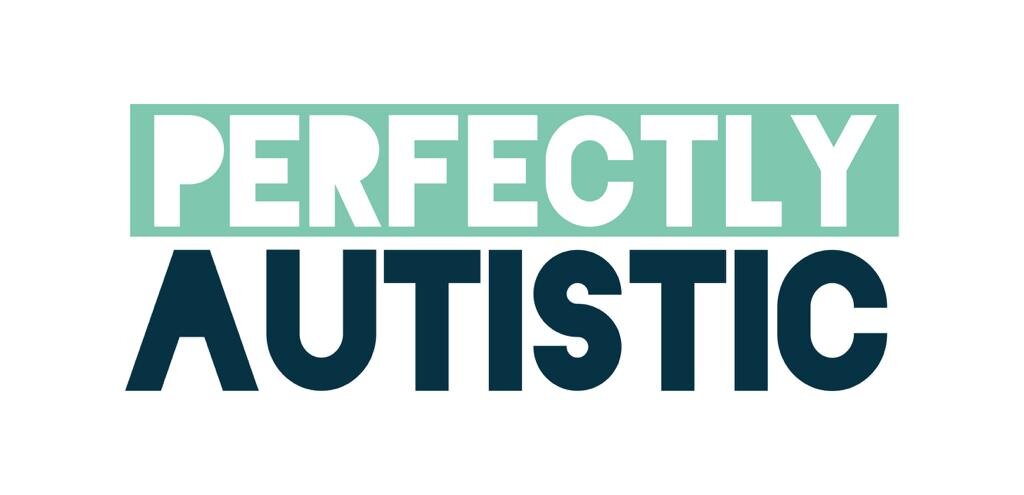Tidy Kids, Tidy Minds: How to Organise Your Neurodivergent Child’s Bedroom
A clean children’s bedroom isn’t just visually appealing—it fosters independence, reduces stress and creates a nurturing environment - who wouldn’t want that?
We are all about practical strategies and stylish solutions - so here’s a great way to make tidying fun, meaning you have one less job to think about!
1. Keep or go?
Before adding storage solutions and more children’s furniture, it’s time to declutter. Sort toys, books, clothes—split them into three piles - keep, donate to charity or store the rest. Involving children in decisions teaches responsibility and makes them care for the space. Make sure they are on board first!
A good option is to sort items and keep them somewhere for a few months, to make sure they definitely want to get rid of them. We’ve had it happen too many times, when our children want to get rid of items, then ask for them a few weeks later!
2. Choose the right children’s furniture
Well-designed children’s furniture sets the tone. Opt for pieces that are sturdy, accessible and age-appropriate. A great example is the Noomi Nora Midi Cube Unit. It is an FSC-certified storage cube. It comes in two colours so goes with any colour scheme and it is super flexible so perfect for storing toys, clothes, school items and more. We were sent one and it was easy to put together and study too! Win, win!
3. Top tips for tidying
When everything has a home, tidying becomes easy—and actually fun. Combine open shelves and closed bins like the cube unit for a balance of display and hidden storage.
Introduce labelled baskets or clear plastic boxes for visual organisation - easier for neurodivergent brains. Why not add hooks or pegboards for schoolbags, coats and accessories?
Such systems empower youngsters to manage their own children’s bedroom storage with minimal supervision and less arguing!
4. Design multi‑purpose zones
Turn the room into functional zones—sleeping, playing, and studying.
For instance:
Use a rug to define a play or chill area
Pair the cube unit with a mid-sleeper bed to carve out space underneath for reading, storage or even crafting
Keep the bed free from clutter to reinforce its role as a rest area and a place to unwind.
Tidy tips for tidying with neurodivergent children
1. Break it down (way down!)
Instead of saying “clean your room,” give one specific task at a time:
“Can you put all the teddies in this basket?”
“Let’s find all the socks and put them in a pile.”
Chunking the job into tiny, manageable parts reduces overwhelm and makes it feel achievable.
2. Use visual systems
Label storage bins and containers with words and pictures. For example, a LEGO box with a LEGO photo helps non-readers or visual thinkers know exactly where things belong and makes it easier to keep the children’s bedroom storage tidy.
3. Make it a race or game
Timers work wonders. Set a 5-minute timer and see how much you can both tidy before it rings. Or use a favourite upbeat song as the "tidy time" soundtrack.
4. Keep storage open and accessible
Neurodivergent children often do better with open shelves or see-through boxes rather than closed cupboards. Out of sight often is out of mind (hello object permanence). So keep things visible and easy to reach.
5. Tidy with them, not at them
Tidying can feel lonely or overwhelming, so work alongside them - body doubling is an excellent way to support your child.
6. Give their favourite things “homes”
If your child has a favourite toy or fidget, create a special spot just for that item. It makes them feel respected and helps build the habit of putting it back.
By combining clever children’s bedroom furniture with efficient children’s bedroom storage and these tips


